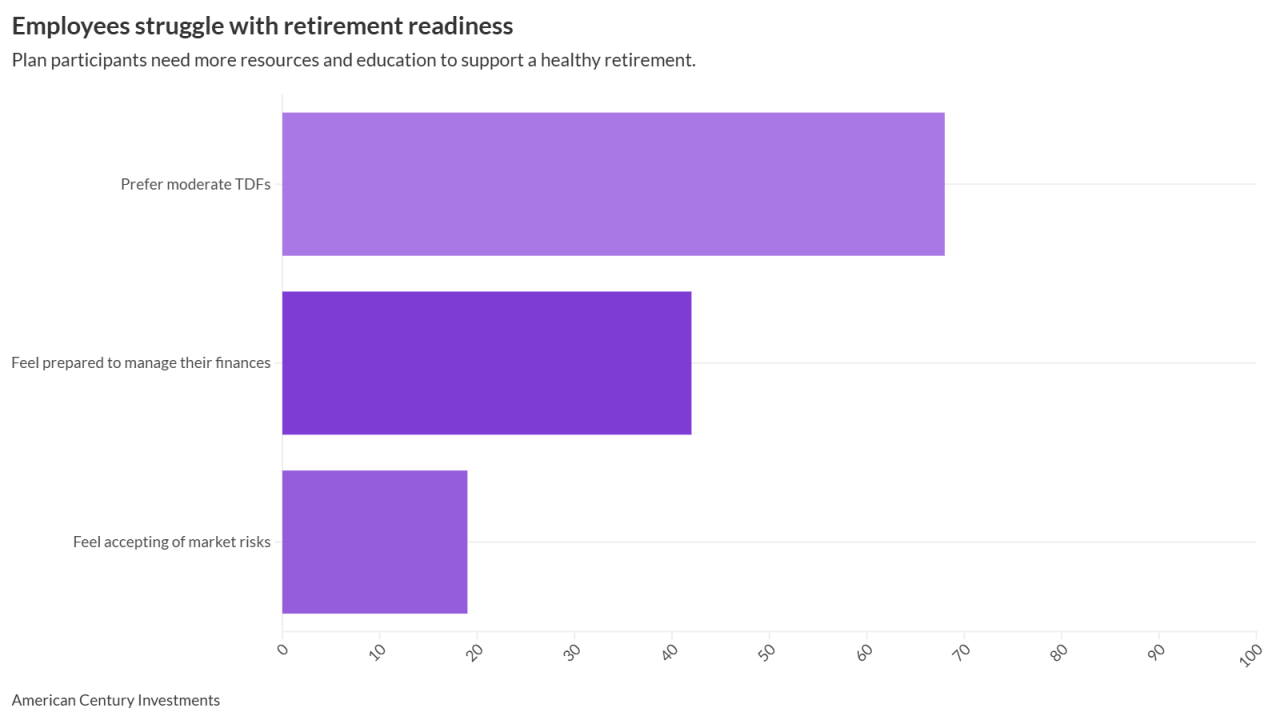Employers and their broker partners know that
The ACA's original intent was to
The ensuing adverse selection caused numerous ideological compromises by Congress to rectify this cataclysmic legislation. They included forced participation in health insurance (or pay a fine) and canceling of underwritten insurance products for individuals not covered by corporate insurance, which expanded the healthy insured pool. None of these actions addressed the root cause of how to pay for chronic care, which is something that needs to be solved by employers and brokers, not Congress or BUCAs (Blue Cross Blue Shield UnitedHealthcare Cigna Aetna).
Read more:
As
The vision for reimagining health insurance is that everyone buys true insurance for new conditions and preventative care. For those with chronic conditions, a disease-specific health insurance rider is sold and priced based on different chronic conditions and their expected costs. Although chronic care insurance is expensive, it offers tremendous opportunities to bend the cost curve. Much like property insurance for homes located in high-risk locations for catastrophic losses, this model would likely involve some form of reinsurance. Paying into a disease-specific reinsurance fund likely will be done at a fraction of the cost to employers relative to the current system.
For employer-based commercial insurance to be reimagined, brokers and employers would need to assume a leadership role in effecting such change. BUCA and other commercial insurance providers are unlikely to take the lead because they benefit from the current system's medical inflation (increases topline revenues and EBITDA by passing costs through to employers). Eliminating chronic care from health insurance coverage makes healthcare affordable for 80% of employees.
Read more:
Designing reinsurance products that allow chronically ill patients to share a portion of the additional burden on self-insurance risk pools creates an opportunity to change health care consumption as well. Removing chronic conditions that trigger out-of-pocket maximums (OPMs) under traditional health insurance means chronic disease sufferers would experience financial ramifications for overutilization of health insurance (because currently healthcare is "free" beyond OPM).
Additionally, with a reinsurance product it is possible to create some different rules for how healthcare is utilized on a disease-specific basis. This creates new and powerful intervention points for chronic disease management programs. The ability to target high-cost diseases with more granularity of management in the specific rider will allow a new clinical management intervention opportunity that will likely save employers money relative to the current system.
There are several additional stealth benefits to a reinsurance-based model beyond OPM-based abuses. One such benefit is the ability to stratify how chronic conditions are managed by the healthcare system. Currently, health insurance companies and employers cannot effectively address personal behaviors and treatment protocols of chronic diseases. By creating a disease-specific underwriting standard reinsurance, it would be easier to measure and develop critical pathways. More importantly, it also would create a mechanism to address personal responsibility of consumers in the management of their own chronic conditions.
Read more:
There is no silver bullet to fix the exploding costs of health insurance. Delving into the labyrinth of details of designing this system are well beyond the scope of this commentary, but it can be done. The concepts herein are potential pathways to better align employer payments for the chronically ill employees and families with fiscally sound underwriting.
The overarching goal is to shake off complacency and the victimhood mentality of employer health insurance products and create a more meaningful pathway toward affordability. After all, if employer health insurance is going to change, brokers and employers need to be more active participants in reimagining the future of health insurance.





